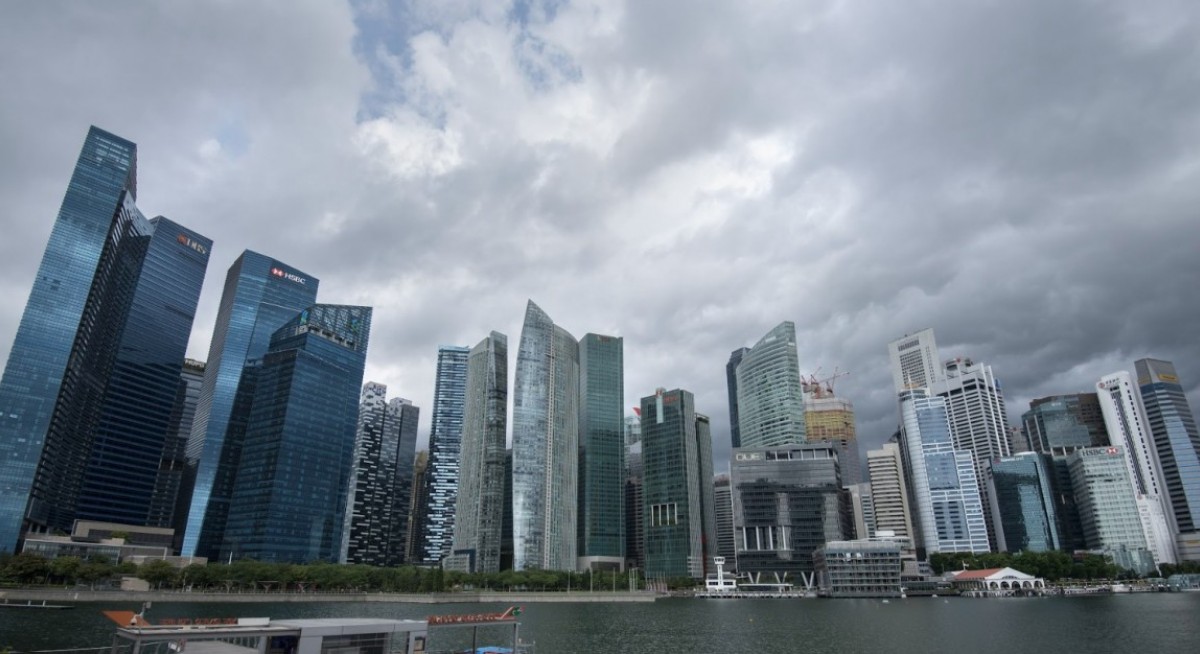The STI’s closing level of 3,966 on June 27 is a whisper away from the psychological 4,000 level. But a breakout may be difficult in the first week of July.
Volume indicators have not strengthened as much as short-term oscillators. A break above 4,000 will probably require a lot more volume than the levels that materialised in April during the sell-down. TIll then, the index may remain within a trading range with resistance at 4,000 and support at 3.850 near the 50- and 100-day moving averages.
The yield on 10-year Singapore Government Securities has fallen to the year’s low of 2.22%. This helped the FTSE ST REIT Index (REIT Index), which ended the last week of June at 656, a level that coincides with a thrice-tested resistance that looks like the top of a minor bottom on the weekly chart.
The REIT Index has struggled for the best part of three years, entrenched in a trading range. It is still too early to tell whether the REIT Index is able to break out as volume has not expanded as much as has been hoped in order to trigger a breakout.
The mid-cap REITs are trading at higher yields and lower price/book ratios than the large-cap REITs. Nonetheless, usually during the initial phase of an upmove, blue-chips often lead the way and this is likely to be the case with REITs.
On the economic front, Barclays Research says it expects weak growth but the US will escape an outright recession. However, tariffs will push US core inflation over 3% “keeping the Fed on the sidelines for the next few meetings”.
The world economy could emerge from the trade war relatively unscathed, it says. The German stimulus and lower policy rates in Europe should help growth rebound in 2026, Barclays adds.
Charts: Maybank




